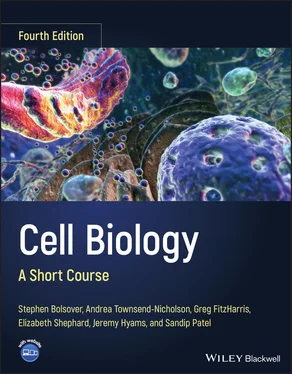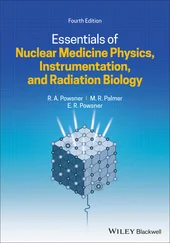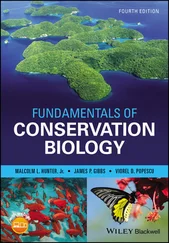Stephen R. Bolsover - Cell Biology
Здесь есть возможность читать онлайн «Stephen R. Bolsover - Cell Biology» — ознакомительный отрывок электронной книги совершенно бесплатно, а после прочтения отрывка купить полную версию. В некоторых случаях можно слушать аудио, скачать через торрент в формате fb2 и присутствует краткое содержание. Жанр: unrecognised, на английском языке. Описание произведения, (предисловие) а так же отзывы посетителей доступны на портале библиотеки ЛибКат.
- Название:Cell Biology
- Автор:
- Жанр:
- Год:неизвестен
- ISBN:нет данных
- Рейтинг книги:3 / 5. Голосов: 1
-
Избранное:Добавить в избранное
- Отзывы:
-
Ваша оценка:
- 60
- 1
- 2
- 3
- 4
- 5
Cell Biology: краткое содержание, описание и аннотация
Предлагаем к чтению аннотацию, описание, краткое содержание или предисловие (зависит от того, что написал сам автор книги «Cell Biology»). Если вы не нашли необходимую информацию о книге — напишите в комментариях, мы постараемся отыскать её.
Cell Biology: A Short Course
Cell Biology: A Short Course
Cell Biology: A Short Course
Cell Biology — читать онлайн ознакомительный отрывок
Ниже представлен текст книги, разбитый по страницам. Система сохранения места последней прочитанной страницы, позволяет с удобством читать онлайн бесплатно книгу «Cell Biology», без необходимости каждый раз заново искать на чём Вы остановились. Поставьте закладку, и сможете в любой момент перейти на страницу, на которой закончили чтение.
Интервал:
Закладка:
FURTHER READING
1 Gest, H. (2004). The discovery of microorganisms by Robert Hooke and Antoni van Leeuwenhoek, fellows of the royal society. Notes and Records of the Royal Society of London 58: 187–201.
2 Kubitscheck, U. (2017). Fluorescence Microscopy: From Principles to Biological Applications, 2e. Weinheim: Wiley‐VCH.
3 Lane, N. (2009). Life Ascending: The Ten Great Inventions of Evolution. London: Profile Books.
 REVIEW QUESTIONS
REVIEW QUESTIONS
We use the same format of review questions throughout the book. For each of the numbered questions choose the best response from the lettered list. The same response may apply to more than one numbered question. Unless specifically told to do so, you should not refer back to the chapter text or figures in answering the questions. Answers are at the back of the book, starting on page 265.
1 1.1 Theme: Dimensions in cell biology0.025 nm0.2 nm20 nm250 nm2000 nm20 000 nm200 000 nm5 000 000 nm1 000 000 000 nm20 000 000 000 nmFrom the above list, select the dimension most appropriate for each of the descriptions below.a typical bacteriuma typical eukaryotic cellthe longest cell in the human bodyresolution of a transmission light microscoperesolution of a transmission electron microscope
2 1.2 Theme: Types of cellbacteriumepithelial cellfibroblastmacrophageglial cellskeletal muscle cellstem cellFrom the above list of cell types, select the cell corresponding to each of the descriptions below.a cell that synthesizes collagena cell type found in nervous tissuea cell type that forms sheets, e.g. to separate different spaces in the bodya cell whose role is to remove dead and foreign materiala cell with no nuclear envelopelarge cells with multiple nucleian undifferentiated cell capable of multiple rounds of cell division
3 1.3 Theme: Revealing cell organizationbright‐field light microscopyfluorescence microscopy using a DNA stain such as Hoechstfluorescence microscopy using a GFP chimerafluorescence microscopy using a specific antibodyphase contrast light microscopyscanning electron microscopytransmission electron microscopyFrom the above list of microscopical techniques, select one appropriate for each of the studies or questions below.to count the number of nuclei in a single skeletal muscle cellto use in an assay for steroid hormones, which cause a particular protein (the hormone receptor) to move from the cytosol to the nucleusto reveal the mitotic spindles of cells in a biopsy of a tumor from a patientto look for cultured animal cells in a culture flaskto study the density of cilia on the surface of lung epithelial cellsto demonstrate that ribosomes can be found on the surface of the nucleus as well as on the endoplasmic reticulum
 THOUGHT QUESTION
THOUGHT QUESTION
Each chapter also has a thought question. For these you are encouraged to refer back to the text and diagrams within the chapter to formulate your response. Answers appear earlier in the relevant chapter, printed upside down.
You wish to test the hypothesis that a particular inherited human disease is characterized by malformation of the Golgi apparatus (see Figure 1.2). What type of microscopy would you use to examine a tissue biopsy from a patient?
2 MEMBRANES AND ORGANELLES
In much the same way that our homes are divided into rooms that are adapted for particular activities, so eukaryotic cells contain distinct compartments or organellesto house specific functions. Organelles, like the cell itself, are delimited by membranes.It is therefore first necessary to consider some of the fundamental properties of cell membranes before discussing different organelles.
 BASIC PROPERTIES OF CELL MEMBRANES
BASIC PROPERTIES OF CELL MEMBRANES
It is difficult to overstate the importance of membranes to living cells; without them life as we know it could not exist. The plasma membrane,also known as the cell membraneor plasmalemma,defines the boundary of the cell. It regulates the movement of materials into and out of the cell and facilitates electrical and chemical signaling between cells. Other membranes define the boundaries of organelles and provide a matrix upon which complex chemical reactions can occur. In the following section, the basic structure of the cell membrane will be outlined.
The basic structure of a biological membrane is shown in Figure 2.1. Approximately half the mass is phospholipid,molecules comprising an electrically charged head groupand long hydrocarbontails. The head groups readily associate with water, a property called being hydrophilic.In contrast the tails are hydrophobicand avoid contact with water. Phospholipid molecules spontaneously organize to form a bilayer about 4 nm thick with hydrophilic surfaces formed of their heads and a hydrophobic interior formed of their tails. All the membranes of the cell, including the plasma membrane, also contain proteins. These may be embedded within the membrane and extracted from it only with great difficulty, in which case they are integral proteins(e.g. connexin, Figure 2.6); or they may be associated with the inner or outer surface and thus separated with relative ease, in which case they are peripheral proteins(e.g. Ras, Medical Relevance 7.1 on page 108). Membrane proteins are free to move laterally, within the plane of the membrane. Integral plasma membrane proteins are often glycosylated:they have sugar residues attached on the side facing the extracellular medium. In addition to phospholipids and proteins, eukaryotic cell membranes also contain cholesterol.Cholesterol makes the membrane more fluid. Cholesterol is essential for life but excess cholesterol in the bloodstream is strongly implicated in the development of atherosclerosis and heart disease.
Molecules of oxygen are uncharged. Although they dissolve readily in water, they are also able to dissolve in the hydrophobic interior of lipid bilayers. Oxygen molecules can therefore pass from the extracellular medium into the interior of the plasma membrane, and from there on into the cytoplasm, in a simple diffusion process ( Figure 2.2). Water itself also passes across the plasma membrane in a process known as osmosis( In Depth 2.1), as do the uncharged hormones of the steroid family. Indeed, any foreign chemical that is not strongly hydrophilic will readily pass into and out of the cell. In contrast, simple ions and charged molecules are strongly hydrophilic. They cannot dissolve in the hydrophobic interior of the membrane and therefore cannot cross membranes by simple diffusion ( Figure 2.2). In this case, specialized proteins are present in our cells to facilitate their entry and exit. We will cover these in detail in Chapter 9.
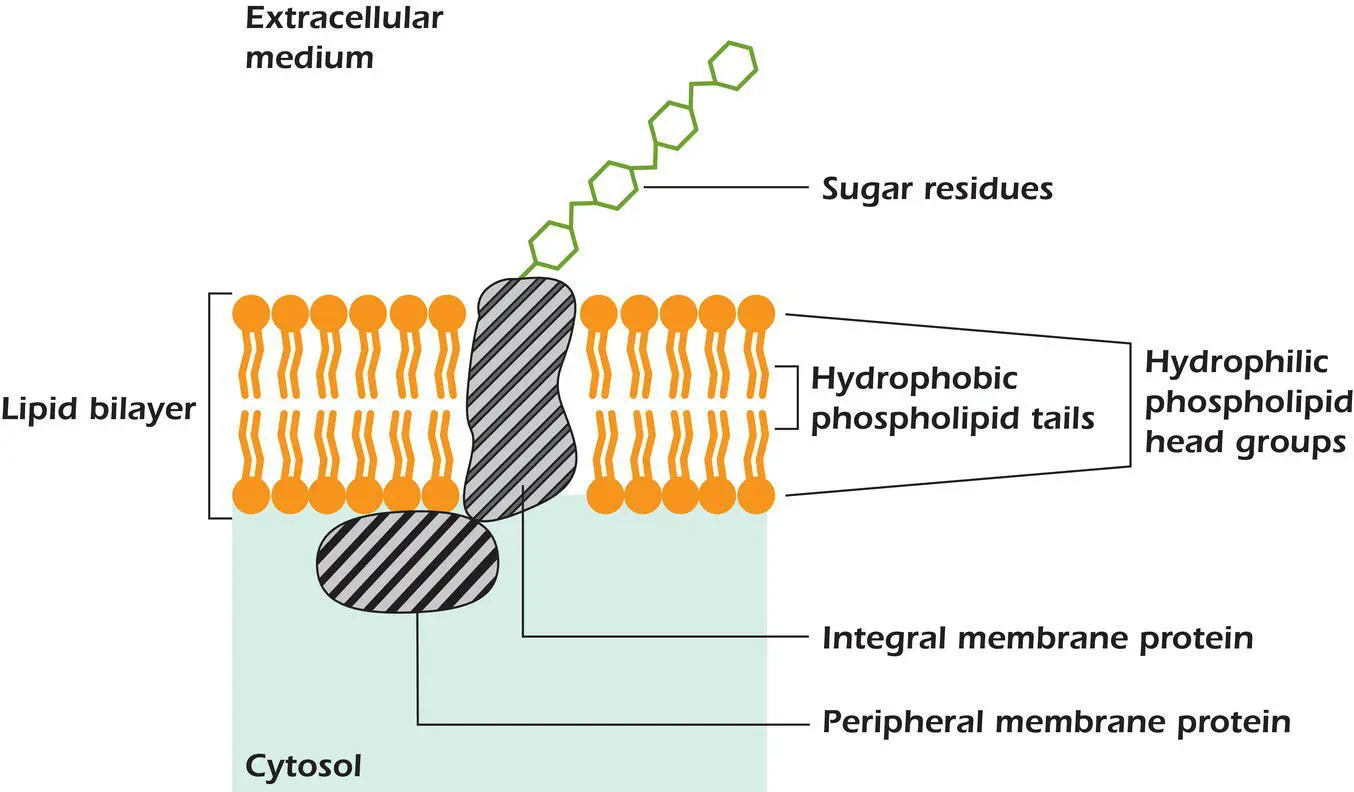
 Figure 2.1.Membranes comprise a lipid bilayer plus integral and peripheral proteins.
Figure 2.1.Membranes comprise a lipid bilayer plus integral and peripheral proteins.
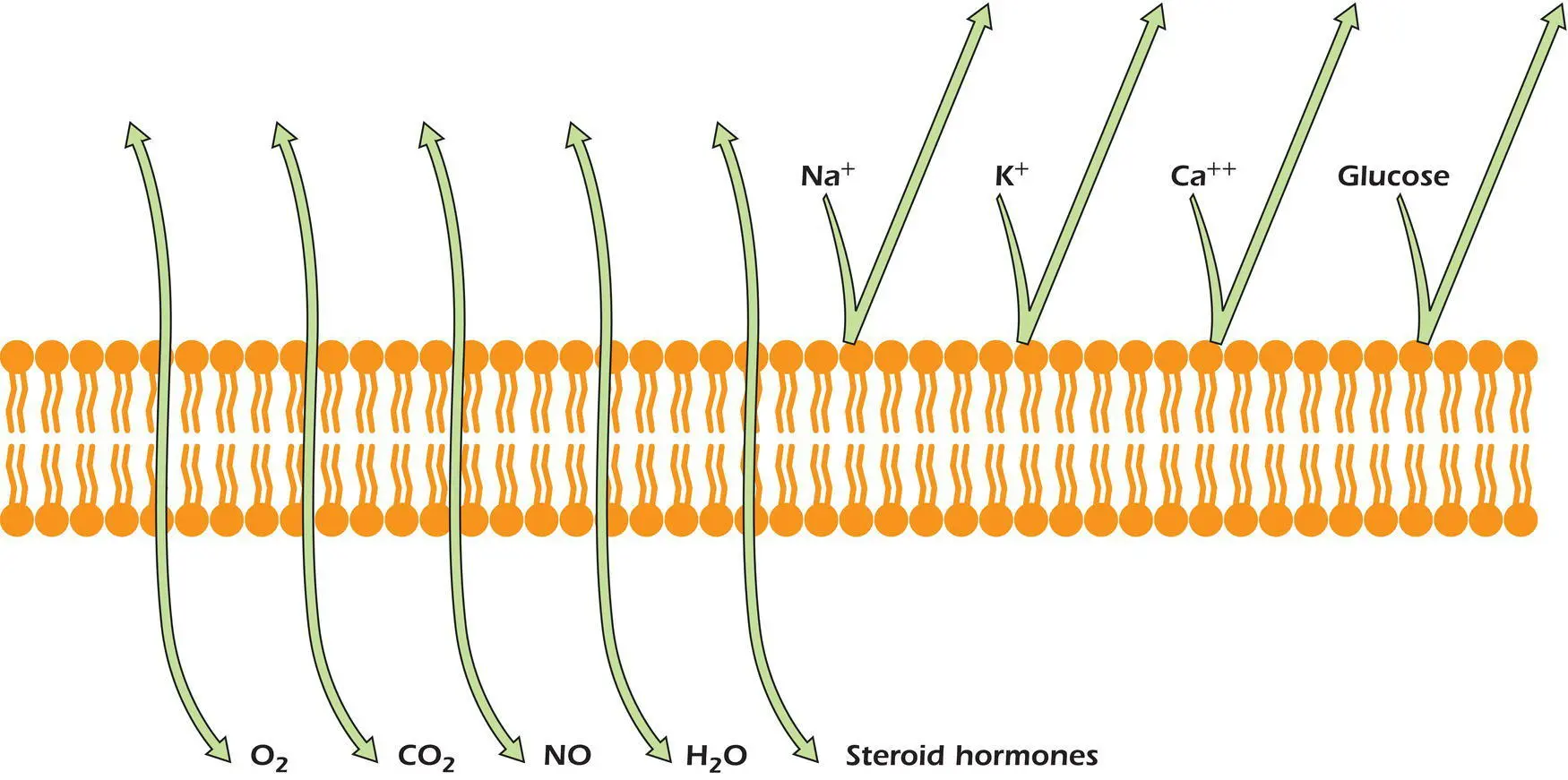
 Figure 2.2.Small uncharged molecules can pass through membranes by simple diffusion, but hydrophilic solutes cannot.
Figure 2.2.Small uncharged molecules can pass through membranes by simple diffusion, but hydrophilic solutes cannot.
Интервал:
Закладка:
Похожие книги на «Cell Biology»
Представляем Вашему вниманию похожие книги на «Cell Biology» списком для выбора. Мы отобрали схожую по названию и смыслу литературу в надежде предоставить читателям больше вариантов отыскать новые, интересные, ещё непрочитанные произведения.
Обсуждение, отзывы о книге «Cell Biology» и просто собственные мнения читателей. Оставьте ваши комментарии, напишите, что Вы думаете о произведении, его смысле или главных героях. Укажите что конкретно понравилось, а что нет, и почему Вы так считаете.
